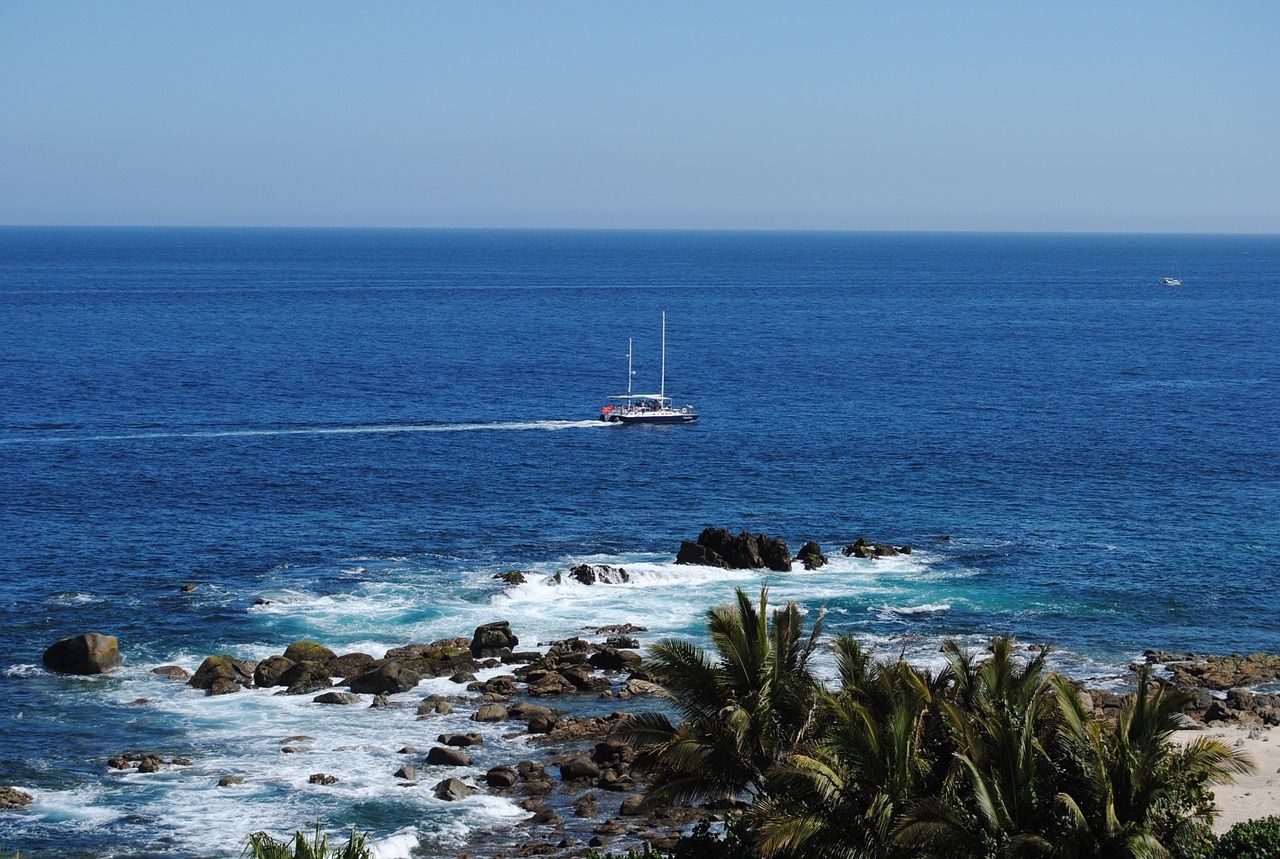Undersea explorer Jacques Cousteau once called the Sea of Cortez “the world’s aquarium.” Ray Cannon, author of the 1966 book The Sea of Cortez, echoed Romantic poet Samuel Taylor Coleridge when he described it as a “painted ocean.”
The gulf embraced by Baja California to the west and the Mexican mainland to the east is definitely one of the world’s richest treasuries of biodiversity. Also known as the Gulf of California, the Sea of Cortez and its rocky beaches are home to still completely unknown numbers of species of rainbow-hued fish, corals, vegetation, birds, whales, and other marine animals.
It is here that exciting research and conservation efforts are taking place, led by organizations such as Loreto Coastkeeper, a member of the international Waterkeeper Alliance. Loreto Coastkeeper focuses on protecting the Loreto Bay National Marine Park wildlife refuge and the greater ecosystem of the Sea of Cortez.
The region is also a popular tourist site, drawing whale watchers, scuba divers, fishermen, and adventure travelers from all parts of the globe. Perhaps its most famous adventure trip was primarily a scientific expedition, undertaken by California-born writer John Steinbeck and his closest friend, marine biologist Ed Ricketts.
That six-week mission was documented in Steinbeck’s 1951 book, The Log from the Sea of Cortez. The book became a milestone in the growing public awareness of the need for conservation and preservation of the natural world.
An unmatched ecology
In 1940, Steinbeck and Ricketts set out with a crew of four to explore the Sea of Cortez on a 77-foot sardine boat named the Western Flyer, which they turned into a research vessel.
The two men were focused on collecting specimens from the tide pools and coastal rocky outcroppings around the area, but Steinbeck’s book about that journey ventures far beyond that scientific task. His narrative offers plenty of solid natural history writing while also exploring larger issues. He puts the life of this stunningly beautiful marine region into a wider context of ecology, ethics, and humankind’s constant search over the centuries to fulfill its dreams and ideals. “A dream,” Steinbeck wrote, “hangs over the whole region.”
He describes, for example, the sand flats that line the Sea of Cortez within the context of their role in human history and society. He also goes into great detail about how each creature in the region is part of a complex ecosystem. In this vein, he discusses the value of a single starfish, not just in its novelty as a new variety, but as a central player in sustaining the precarious biological balance and health of an entire ecosystem.
Steinbeck’s discussion of how human activities can harm an ecosystem was ahead of its time. In one instance that echoes the scientifically based environmental advocacy that is common today, he mentions how bottom-fishing trawlers were causing long-term damage to the sea floor.
Readers who enjoy the book remember Steinbeck’s vivid descriptions of what it was like to travel through one of the most visually engaging locations in the world, as well as his meditations on the daily work of being a scientist and his generous perspective on the nature and destiny of humanity.
It would be correct, in fact, to say that The Log from the Sea of Cortez helped popularize the concept that humanity has a responsibility to nature.
An ecological legacy

John Steinbeck died in 1968, having won the Noble Prize in Literature and producing classics like The Grapes of Wrath, East of Eden, Of Mice and Men, and Cannery Row. But for many readers and critics, The Log from the Sea of Cortez offers the truest portrait of the author himself, at his most accessible and at his most warmly human.
Steinbeck’s friend and travel companion Ed Ricketts was the author of the 1939 nonfiction book Between Pacific Tides, an engagingly written scientific work with a strong ecological viewpoint, a perspective unusual at the time. The book is still widely read and considered a classic in its field. This guide to the marine invertebrates of the Pacific shoreline in North America is not only filled with information, it shows the vibrant, curious, humane personality of Ricketts himself. Steinbeck used him as a model for the character of Doc in Cannery Row and for several strong, yet gentle characters in other books.
Educating new generations
In 2019, almost 80 years after Steinbeck and Ricketts’ voyage, the Western Flyer began to undergo restoration by a group aiming to put the boat back into service as a focal point for public education in ecology for students and citizen scientists.
The Western Flyer Foundation, based in California, plans to sail the vessel along the Pacific Coast after restoration, putting in at ports in the United States and Mexico to do educational outreach. When restoration is complete, the Western Flyer will look just as it did in 1940, but with retrofitting that will make it a “green” energy craft conforming to current U.S. Coast Guard safety regulations.
Renovating the boat is a fitting way to honor the work—and friendship—of two extraordinary men who shared the beauty and wonder of the Sea of Cortez with so many others.
